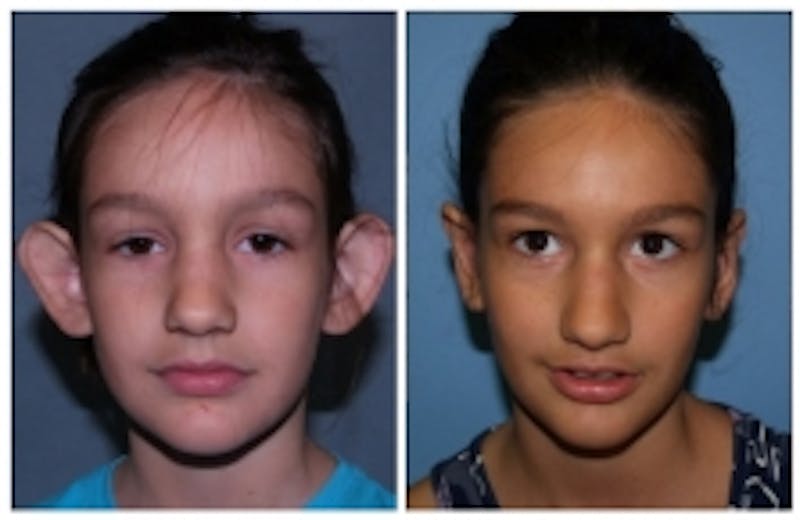
Children can find almost any reason to tease their peers. Whether intentionally hurtful or not, young children will comment or make public remarks about even the slightest physical differences they see. This is how children who suffer from oddly shaped ears can quickly become the target of everyday teasing. Because peer bullying and teasing is so common and can negatively affect self-esteem, many parents consider pediatric otoplasty earlier rather than later in life. Otoplasty is one of the few accepted cosmetic procedures elected for children to help prevent damage to psychosocial development.
Otoplasty is a cosmetic surgical procedure that reshapes and/or reduces the size of one’s ears to create a more symmetrical appearance and bring balance to the face. Pediatric otoplasty is performed between the ages of 4 and 12. The procedure is delayed until at least four years old because ears do not finish growing until around four or sometimes five years of age.
How the Otoplasty Procedure is Performed
Standard pediatric otoplasty is performed under general anesthesia in an outpatient medical setting, such as a surgery center or physician’s suite. Procedural times depend on the extent of work needed, but typical operations last anywhere from two to five hours. The common goal is to create a desirable appearance with limited scarring. While the surgery almost always requires an incision along the back of the ear, most surgeons utilize the least invasive method possible to still achieve the desired look. Techniques will vary according to the amount of correction, but generally cartilage is removed or reduced and the remaining skin is reshaped and sutured back into position. In cases of severe injury or congenital microtia, partial or total reconstruction is required, so skin grafting techniques are utilized to build a natural-looking ear.
Patient Recovery from Otoplasty Surgery
Most patients can return home the same day after surgery. Some surgeons may order a waiting period or overnight stay to make sure no complications arise, i.e. an infection or blood clot, but these conditions are rare. Fortunately, there are few risks associated with pediatric otoplasty. Patients can expect some minimal to moderate swelling, bruising and sensitivity, all of which can be controlled with pain medication. Hospital or surgical bandages are applied to the ears post procedure to ensure protection and support the new ear shape during healing. If non-dissolvable sutures are used, they will be removed in the doctor’s office after seven to ten days.
Children can resume normal activity within one to two weeks, but excessive physical activity should be monitored to prevent bending of the ear. Parents must remember to carefully follow their child’s individual postoperative instructions for at least one month following surgery to maximize healing and overall results.
Dr. George Moynihan is a renowned facial plastic surgeon in Chicago. To learn more about otoplasty, call him today at (312) 988-9300 or view his otoplasty photos.


